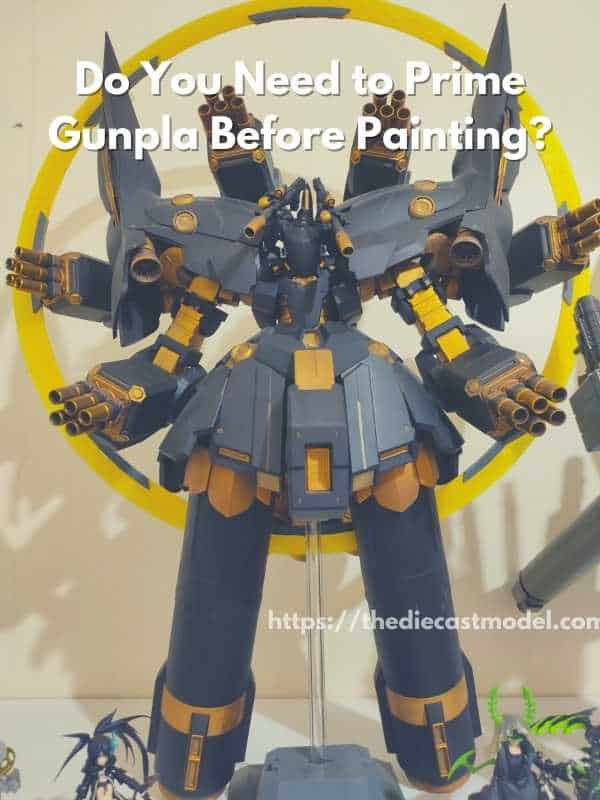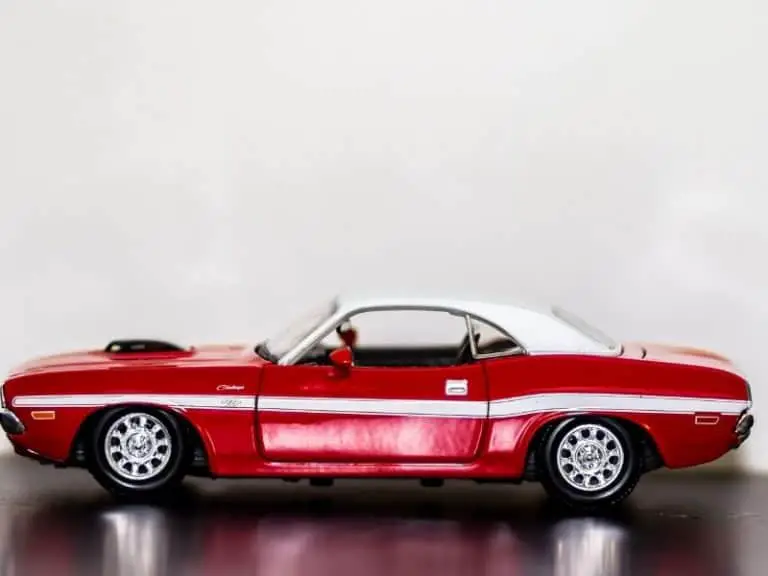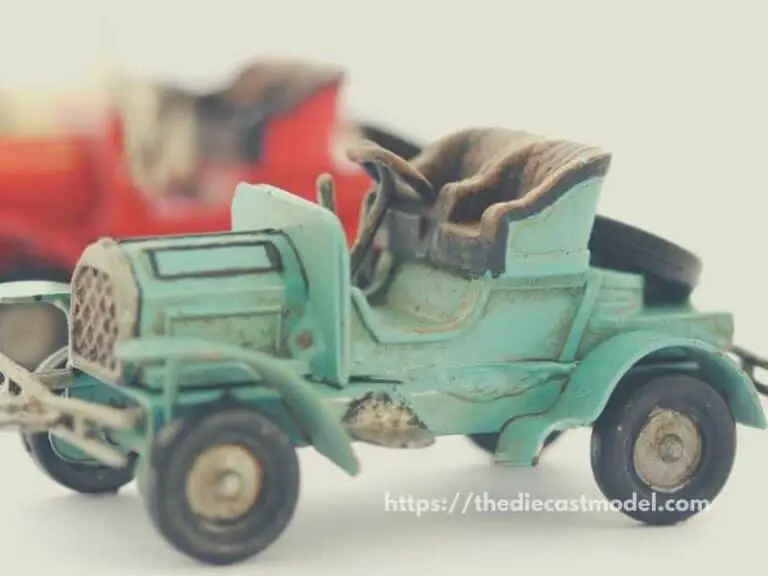How Long Can You Run a Model Train?
After building your train layout, you might get super excited to run them for a long time. However, you might worry if you would be stressing your model’s motor. Trains are a great display but running them for longer than they can would break their motor. Thus, we need to understand how long we should run them before giving the engine a break.
Generally speaking, you can run model trains for 6 hours without experiencing any issues. However, some heavy-duty model trains can run for days. Very old model trains can only run for one hour straight since their motors aren’t as efficient as the motors we have today.
This post will discuss how long can model trains run. Furthermore, we will also discuss why modern model trains can run longer than the ones before and some tips on how you can make your model trains run longer.

How long can a model train run?
As a general rule, model trains can run for up to 6 hours without experiencing overheating. However, some could run more or less than 6 hours depending on how you use and condition your model train. In fact, trains that are well taken care of with proper lubrication and conditioning can run for days without any issues.
I want to start this post by discussing a brief history of why Lionel got into the model train business.
Initially, Lionel wasn’t a model train manufacturer. Instead, they are manufacturers of various appliances such as fans.
To get more customers in their store, they made a model train that would sit in front of their store.
They started to notice that many people are inquiring about buying their train display instead of the appliances.
That’s when they decided to get into the model train business, and they are still selling various model trains, such as the ones on the O, S, and HO scales.
I am starting this post with a brief history of Lionel because we can see here how train models are designed.
Train models are designed to be used for display in establishments. That’s why some offices or even coffee shops have train layout displays.
Recommended read: Do you know the complete history of Lionel Trains? If you became interested in their history by reading my short intro on why they started selling model trains, you would enjoy their full history here: Are Lionel Trains Still being Made?
As you can probably imagine, those model trains will run for hours as long as the establishment is open.
Manufacturers also know this. That’s why they built their model trains to run for hours without any problems.
Trains are designed to run for hours or even days. Initially, trains such as Lionel were designed to be placed in stores. So, they are made to be durable.
That’s why there are reports where people let their trains run for up to a month without any problems.
However, to know if your train could run longer or shorter than usual, there are factors to consider.
First, note that how long a model train can run depends on how much power the motor uses.
Thus, it depends on how fast or how much load the motor uses.
One way to check is to see if the motor is hot. If the motor is becoming too hot, then it is time to turn off the motor and let it rest.
Why? Since the motor uses electricity or power to run, they produce heat which can cause them to overheat.
The more power you give to the motor, the faster it heats up.
Second, to make your train last longer, make sure to take care of it. Always clean them as dust can accumulate and can overheat the motor.
Third, proper wiring is essential. Remove any chances of short circuit and voltage drops which are bad for the model train’s motor.
Voltage drops and short circuits stress your motor and can cause them to break.
As a matter of fact, short circuits are a common cause of overheating for model trains.
On the other hand, Voltage drops stress your motors as it gives a fluctuating energy source.
Recommended Read: If you don’t know how to prevent short circuits and voltage drops, I recommend you read my post about how to wire your layout correctly. Here, you can find the post: How long can model train tracks be?
Fourth, don’t forget to put some oils on the gears, which could lessen friction.
Well, lubricated gears and wheels mean they produce less friction. Less friction means less stress for the motor and less heat produced on the gears, bearings, and wheels.
In fact, many modelers would tell you to properly lubricate your models if you want to run them for days since lubrication is a big factor in making your trains run longer.
Fifth, the layout can also be a factor in how long your trains can run.
Generally speaking, inclines and declines require a lot of power for the train motor. That’s why high steep grades usually need additional locomotives or ghost cars.
More power required means it will generate more heat which could stress the train’s engine.
Sixth is to check for abnormal sounds, and strange sounds such as clicking mean that there is something wrong inside your trains.
While your train can still run smoothly despite the abnormal sounds, it indicates that something is wrong and can cause more problems in the future.
Lastly, always follow the NMRA guidelines.
The NMRA or the National Model Railroad Association has set a specific weight on the cars relative to their size.
Cars should have the same weight and should not be too heavy or light as it stresses your train’s motor.
These simple things can make your train run for longer.
But did you know that modern train motors can run longer than old train models?
In the old days, model train manufacturers such as Lionel advised their users to turn the motor off after an hour of use.
That’s why you can see advice from old modelers that you should only run your models for about 15-30 minutes.
However, advances in our technology allowed the motors to be more energy-efficient which means modern train motors don’t generate as much heat as before. This allowed model trains to run longer.
That’s also why modern train models can run for about 6 hours without generating much heat on the motors.
In fact, you won’t feel any considerable change in motor temperature after 6 hours of running except if your train isn’t well maintained or you are using an old motor.
However, old motors aren’t recommended to be used for that long.
Right now, you might start wondering since the first Lionel train is used for hours to attract customers.
Well, that model train is extraordinarily big and is specifically designed to run for a long time. It is extremely heavy duty.
Old model trains have a specific instruction to let them rest after 1 hour of use because it has a different build.
However, the manufacturers know that more establishments use model trains to function as displays, and our modern technology allowed it to happen.
While the answer to how long a model train can run is it depends, you can instantly know if your model needs to rest once you touch the motor.
If the motor is too hot, it’s time to let it rest.
Also, did you know that you can make your model run optimally by running it in? By running them in after buying, you can make your model run for longer in the future.
Let’s talk about that in the next section.
Do model trains need running in?
Model trains need running in since it lubricates their entire system. This means running in lubricates the gears, driveshafts, and chassis. This simple practice helps the train motor last longer and better.
Running in on model trains is a practice of running the train model for about 15 minutes on medium speed after buying them. This is used to lubricate the insides of the train for optimal performance thoroughly.
If you noticed, manufacturers would give this instruction in their manual.
This practice is there for a reason.
Oils need to lubricate the insides of the motor. Delaying the running-in process might harden the grease and prevent it from lubricating the model train.
This causes unneeded stress on the motors, which would not allow your train to run optimally.
That’s why running in is essential and should be one of the things you should do to your model train to help it run longer in the future.
What’s next? In my earlier post, I talked about what could derail a train. I discussed if things such as snow, cardboard, or coins can derail them. If you are also interested in actual trains, then I believe you will find the post a good read. Here is the post: Things that are thought to derail a train.






